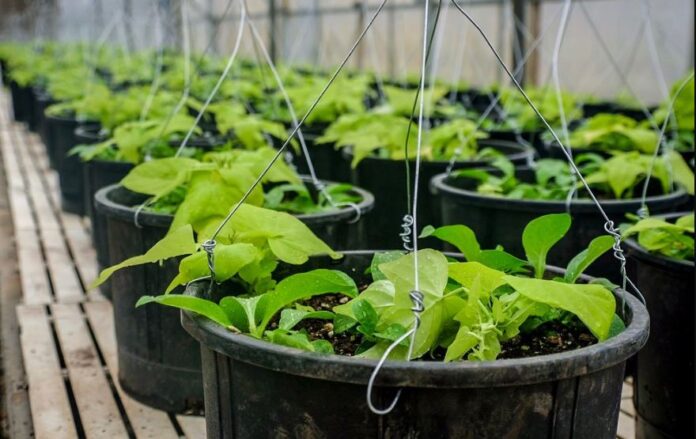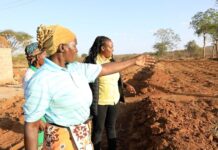Morocco and Netherlands have partnered to unveil a horticultural center. Morocco’s Minister of Agriculture, Maritime Fisheries, Rural Development, Water and Forests Mohamed Sadiki was joined by Dutch Ambassador Jeroen Roodenburg performed the launch ceremony.
The facility based in Agadir, is set to offer great opportunities to exchange the experiences of the two countries and to strengthen the synergies and complementary between the production sectors in Morocco and the Netherlands.
Very close cooperation between the two kingdoms has led to the opening of the new center in Agadir. The ceremony marks the official start of the center’s activities, which will focus on knowledge exchange to promote the sustainable and integrated development of the horticultural sector in Morocco,” said in a press release the Dutch embassy in Rabat.
Horticulture in Morocco
Horticulture, the science of plant cultivation, is at an advanced stage in the Netherlands. Despite its small size (41,543 km²) relative to Morocco (710,850 km²), the north-western European country is the world’s second largest agricultural exporter, driven by innovation and high-tech agriculture.
Overall, Moroccan agriculture operates through a mixed and integrated crop/livestock system, representing the main source of income for the majority of rural households. Most arable land and rangeland are located in areas receiving less than 400 mm of rainfall, where cereals and small ruminants mainly sheep are integral components of an extensive dryland production system. The following table presents the main farming systems.
Agriculture lands covers 8.7 million hectares providing a diverse agriculture production. About 43% of arable land is devoted to cereals, 7% to plantation crops (olives, almonds, citrus, grapes, dates), 3% to pulses, 2% to forage, 2% to vegetables, 2% to industrial crops like sugar beets, sugar cane, cotton and oilseeds, and 42% to fallow.









